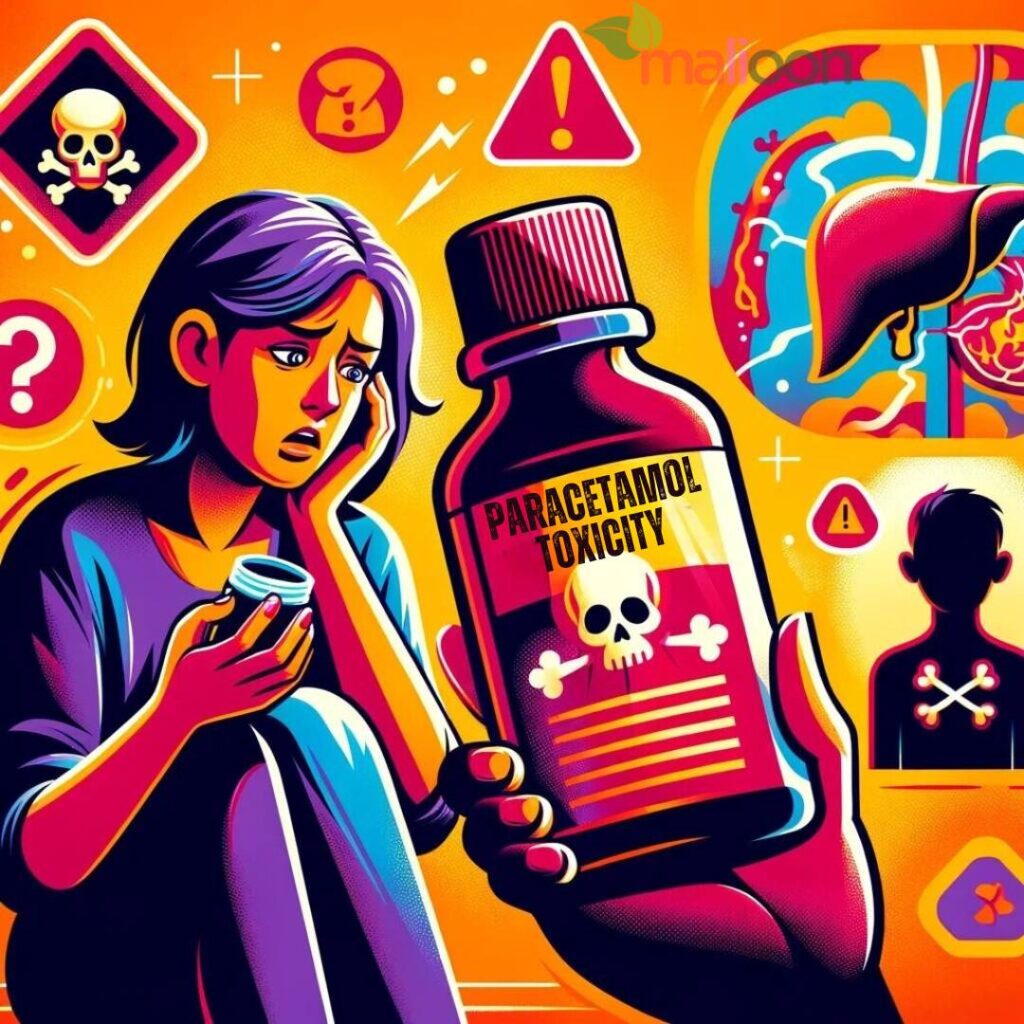Paracetamol is one of the most common medicines used for the treatment of pain and fever in children. It is found in many homes just because, usually, this drug is efficient and nontoxic if correctly used. Still, an overdose of paracetamol can prove to be highly dangerous and sometimes fatal. Being a General Practitioner, I would like to make you aware of the significance of care with this medicine and the hazards of self-medicating your child without proper advice from a qualified doctor.
How Paracetamol Works and Why It Gets Dangerous in Overdose
Paracetamol is a medication that reduces the production of some chemicals in the brain that is associated with pain and fever. So if given in the correct doses, it will take the child out of those miseries and make him feel better. Paracetamol is, however, broken down by the liver. When ingested in a dose more than the body can metabolize, the liver may fail to accomplish complete metabolism of the same, and from then a chain of toxic substances spit out causing liver damage and harm to other organs.
Symptoms of Paracetamol Overdose
Paracetamol intoxication has generally four probable phases:
First Phase (0-24 hours): Nausea, vomiting, sweating, and pallor. These symptoms quite resemble many other common illnesses, hence are very easily neglected.
Second Phase (24-72 hours): The initial is shown liver toxicity. The child may complain of pain in the upper right part of the abdomen. Blood tests may depict increased liver enzyme and bilirubin levels, showing signs of liver distress.
Third Phase (72-96 hours): In this phase, the patient is most at risk. Complications can include jaundice (yellowing of the skin and the white of the eyes), coagulation disturbances, hypoglycemia, encephalopathy, and even coma. Deaths are highest during this stage because of liver failure and other organ damage.
Fourth Stage (4 days to 2 weeks): If your child makes it past this stage, the liver begins to regenerate. Gradually, the liver functions and gets better. Your child can even be fully restored if the damage was minimal.
The risk of self-medicating is too high:
Many parents give their child paracetamol without seeing a doctor first. The following can go wrong:
Dosage Mistake: You can easily give the child an incorrect dosage, especially if you are using adult panadol or guessing how much to give. It is usually weight-dependent when given to children, and thus, it is paramount that this is done accurately.
Mixing: Paracetamol is one of the active ingredients in some over-the-counter drugs, such as cough and flu. This could easily result in a double dose if you fail to recognize that both medicines contain it.
Delayed Professional Medical Help: Parents may try to treat their child’s symptoms at home, not realizing how serious the situation is. Delaying professional medical care can make a paracetamol overdose much harder to treat.
Misdiagnosing Symptoms: The early symptoms of paracetamol are similar to many other common illnesses. Without a proper diagnosis, you might keep giving your child more paracetamol, at your child’s expense.
What to do
- Always check the label Before you give your child any medicine. Medication dose should correspond with your child’s weight and age.
- Avoid mixing medications Check whether all the other medications that your child is taking have this ingredient. If in doubt, always take expert’s opinion.
- Seek Professional Advice: If your child is unwell and you are considering using paracetamol, first take the child to a doctor. They can advise you on the appropriate dosage and whether paracetamol is the right choice.
- Know the Signs of Overdose: Be vigilant to notice the symptoms of paracetamol toxicity, and in case of suspicion of overdose, seek immediate professional help.
Conclusion
Paracetamol is able to offer good service to your child, but with only proper use. Self-medication is an introduction to some major health hazards, and paracetamol toxicity is among them. Always take the necessary precautions and follow the instructions to the letter, and in case of doubt, seeking professional advice will help guarantee safety and well-being for the children.




